Bangkok, the capital city of Thailand, is a bustling metropolis that attracts millions of tourists every year. With a population of over 10 million people, the city can be overwhelming to navigate, especially for first-time visitors. Fortunately, Bangkok has an efficient and extensive public transportation system known as the Bangkok Mass Transit System (BTS).
The BTS, also known as the Skytrain, is an elevated rapid transit system that covers most of the city’s central business district. The system has two lines – the Sukhumvit Line and the Silom Line – that intersect at Siam Station, making it easy to transfer between the two lines. The BTS is a popular mode of transportation for locals and tourists alike due to its speed, convenience, and affordability. It is also air-conditioned, making it a comfortable way to travel around the city, especially during the hot and humid months.
The BTS has become an integral part of Bangkok’s transportation infrastructure, connecting commuters to major shopping centers, tourist attractions, and residential areas. The system is operated by the Bangkok Mass Transit System Public Company Limited (BTSC) and has been in operation since 1999. In recent years, the BTS has undergone significant expansion, with new stations and lines being added to the network to improve connectivity and accessibility.
Bangkok Mass Transit System Overview
The Bangkok Mass Transit System, also known as the Bangkok Metro, is a rapid transit system in Bangkok, Thailand. It is operated by the Bangkok Mass Transit System Public Company Limited (BTSC), a subsidiary of the BTS Group Holdings. The system consists of two fully operational rapid transit lines and one monorail line in trial operation, with two more lines under construction.
The BTS Skytrain is an elevated rapid transit system that opened in 1999. It comprises two lines: the Sukhumvit Line and the Silom Line. The Sukhumvit Line runs from Mo Chit to Bearing, while the Silom Line runs from National Stadium to Bang Wa. The BTS Skytrain has a total of 34 stations and covers a distance of 55.5 kilometers.
The MRT, or the Metropolitan Rapid Transit, is a mass rapid transit system that began operations in 2004. It consists of two lines: the Blue Line and the Purple Line. The Blue Line runs from Hua Lamphong to Bang Sue, while the Purple Line runs from Tao Poon to Khlong Bang Phai. The MRT has a total of 48 stations and covers a distance of 67 kilometers.
The Bangkok Mass Transit System is a popular mode of transportation for locals and tourists alike. It is known for its cleanliness, safety, and efficiency. The system is fully integrated with other modes of transportation, such as buses and boats, making it easy to travel around Bangkok.
The fares for the Bangkok Mass Transit System are based on the distance traveled and range from 16 to 59 baht. There are also various types of tickets available, such as single journey tickets, stored value cards, and day passes. The system operates from 6:00 AM to midnight daily.
Overall, the Bangkok Mass Transit System is a reliable and convenient way to travel around Bangkok. With its extensive network and affordable fares, it is a popular choice for commuters and tourists alike.
BTS Skytrain
The Bangkok Mass Transit System, commonly known as the BTS Skytrain, is an elevated rapid transit system in Bangkok, Thailand. It is operated by the BTS Group Holdings, a subsidiary of the Bangkok Mass Transit Authority. The BTS Skytrain is one of the most efficient and convenient ways to get around Bangkok, especially during rush hour.
The BTS Skytrain has two lines: the Sukhumvit Line and the Silom Line. The Sukhumvit Line runs from Mo Chit to Samrong, passing through major areas such as Siam, National Stadium, Siam, Nana, Asok, Thong Lo, Ekkamai, and On Nut. The Silom Line runs from Bang Wa to National Stadium, passing through major areas such as Saphan Taksin and Sathorn.
The BTS Skytrain is known for its punctuality, cleanliness, and safety. It is also affordable, with tickets ranging from 15 to 59 baht depending on the distance traveled. Passengers can purchase single-trip tickets, stored-value cards, or one-day passes for unlimited travel.
The BTS Group Holdings is committed to continuously developing its system, operation, and personnel to provide a modern, fast, safe, efficient, and reliable service for its stakeholders and society. Procedures upon entering the BTS SkyTrain System with a bicycle are in place to ensure the safety of all passengers.
In conclusion, the BTS Skytrain is a convenient and reliable mode of transportation in Bangkok. With its efficient service and affordable fares, it is a popular choice for locals and tourists alike.
MRT Lines
The Bangkok Mass Transit System (BTS) operates two fully operational rapid transit lines and one monorail line. The Mass Rapid Transit (MRT) system, on the other hand, operates two fully operational rapid transit lines, with a further two lines under construction.
The MRT Blue Line, also known as the Chaloem Ratchamongkhon Line, is the first line of the MRT system. It opened in 2004 and runs for 48 kilometers, with 38 stations. The line runs from Hua Lamphong in the South to Bang Sue in the North. It serves several important areas in Bangkok, including the Chatuchak Weekend Market, the Ratchadaphisek entertainment district, and the Thailand Cultural Centre.
The MRT Purple Line, also known as the Tao Poon–Khlong Bang Phai Line, is the second line of the MRT system. It opened in August 2016 and runs for 23 kilometers, with 16 stations. The line runs from Tao Poon in the North to Khlong Bang Phai in the West. It serves several suburban areas in Bangkok, including Bang Yai, Nonthaburi, and Bang Kruai.
The MRT system has two lines under construction: the MRT Yellow Line and the MRT Pink Line. The MRT Yellow Line, also known as the Lat Phrao–Samrong Line, will run for 30 kilometers, with 23 stations. It will connect Lat Phrao in the North to Samrong in the South. The line is expected to be completed in 2022.
The MRT Pink Line, also known as the Khae Rai–Min Buri Line, will run for 34 kilometers, with 30 stations. It will connect Khae Rai in the North to Min Buri in the East. The line is expected to be completed in 2027.
The MRT system also has two proposed lines: the MRT Orange Line and the MRT Brown Line. The MRT Orange Line, also known as the Taling Chan–Min Buri Line, will run for 35 kilometers, with 25 stations. It will connect Taling Chan in the West to Min Buri in the East. The line is expected to be completed in 2026.
The MRT Brown Line, also known as the Wongwian Yai–Rat Burana Line, will run for 13 kilometers, with 11 stations. It will connect Wongwian Yai in the West to Rat Burana in the South. The line is expected to be completed in 2025.
For a comprehensive map of the MRT system, please refer to the official Bangkok Metro Map.
Overall, the MRT system provides a convenient and efficient way for commuters and tourists to travel around Bangkok. With the ongoing expansion of the system, more areas in Bangkok will be accessible by public transportation.
SRT Red Lines
The SRT Red Lines is a commuter rail system that serves the Bangkok Metropolitan Region in Thailand. It is part of the Mass Rapid Transit Master Plan in the region. The construction of the Red Line began in January 2009, and free public trial operation began on August 2, 2021, with full commercial service to begin in November 2021 when Bang Sue Grand Station opens.
The SRT Red Lines is divided into two lines, the Dark Red Line and the Light Red Line. The Dark Red Line runs from Bang Sue to Rangsit, while the Light Red Line runs from Taling Chan to Rangsit. The two lines intersect at Bang Sue Grand Station, which is the largest railway station in Southeast Asia.
The SRT Red Lines is operated by the State Railway of Thailand (SRT), which is a state-owned enterprise responsible for the operation of Thailand’s railway system. The SRT Dark Red Line is operated by the SRT, while the SRT Light Red Line is operated by Bangkok Expressway and Metro Public Company Limited (BEM).
The SRT Red Lines is an important addition to the Bangkok Mass Transit System, which includes the BTS Skytrain, the MRT Subway, and the Airport Rail Link. The SRT Red Lines provides an efficient and affordable transportation option for commuters in the Bangkok Metropolitan Region.
Overall, the SRT Red Lines is a significant development in the Bangkok Mass Transit System, providing an important transportation option for commuters in the region.
Airport Rail Link
Bangkok’s Airport Rail Link (ARL) is a mass transit system that connects the city’s main airport, Suvarnabhumi Airport, with the city center. The ARL is an express and commuter rail line that covers a distance of 28 km and consists of eight stations. The line provides an airport rail link from Suvarnabhumi Airport, via Makkasan station, to Phaya Thai station in central Bangkok.
The ARL is the cheapest and easiest way to get to the city center from Suvarnabhumi Airport. The line is on a viaduct over the main eastern railway, which makes it faster than road transport. The ARL operates daily from 06:00 to 24:00, with commuter City Line trains departing every 10 minutes during peak hours (06:00-09:00 and 16:00-20:00) and 15 minutes off-peak.
The ARL has two lines: the City Line and the Express Line. The City Line stops at all stations, while the Express Line only stops at Makkasan Station and Suvarnabhumi Airport. The Express Line is faster than the City Line, but it is more expensive.
Passengers can purchase tickets from vending machines or ticket counters at the stations. The fare varies depending on the destination and the type of service. The City Line fare ranges from 15 to 45 baht, while the Express Line fare ranges from 45 to 150 baht.
The ARL is a convenient way to travel between Suvarnabhumi Airport and the city center. It is also connected to other mass transit systems in Bangkok, such as the BTS Skytrain and the MRT subway. The ARL is planning to extend the line to Don Mueang Airport in the future, which will provide an additional option for travelers.
Other Transit Lines
In addition to the BTS Skytrain and MRT lines, Bangkok’s Mass Transit System includes several other transit lines. These include the Airport Rail Link (ARL), the Bus Rapid Transit System (BRT), and the State Railway of Thailand (SRT) Red Lines.
The ARL is an elevated train line that connects the city center with Suvarnabhumi Airport. It has several stations along the way and is a popular choice for travelers looking to avoid Bangkok’s notorious traffic.
The BRT is a bus rapid transit system that operates on dedicated lanes and has several routes throughout the city. It is a cheaper alternative to the BTS and MRT lines, but can be slower due to traffic congestion.
The SRT Red Lines are partially elevated commuter rail lines that serve the Bangkok metropolitan area. There are currently two lines in operation, and several more are planned as part of the Mass Transit Master Plan.
Other transit lines currently under construction or in the planning stages include:
- The Gold Line: a people mover system that will connect Krung Thonburi BTS station with Khlong San district.
- The Purple Line: a monorail line that will connect Tao Poon BTS station with Nonthaburi province.
- The Yellow Line: a monorail line that will connect Lat Phrao BTS station with Samrong district.
- The Light Green Line: a monorail line that will connect Mo Chit BTS station with Saphan Mai district.
- The Dark Green Line: a monorail line that will connect Thong Lo BTS station with Suvarnabhumi Airport.
- The Orange Line: a mass rapid transit line that will connect Taling Chan district with Min Buri district.
- The Pink Line: a mass rapid transit line that will connect Khae Rai district with Min Buri district.
- The Grey Line: a mass rapid transit line that will connect Rama IX Road with Thonglor BTS station.
- The Light Blue Line: a mass rapid transit line that will connect Hua Lamphong Railway Station with Bang Khae district.
The Mass Transit Master Plan aims to create an integrated transportation system that will connect all parts of the city and reduce traffic congestion. With the addition of these new transit lines, Bangkok’s Mass Transit System is set to become one of the most extensive and efficient public transportation networks in the world.
Transit System Details
The Bangkok Mass Transit System (BTS) is a rapid transit system that serves the Bangkok Metropolitan Region in Thailand. The system consists of three lines with a combined route length of 70.05 kilometers (43.53 mi) and 62 stations. The BTS is operated by Bangkok Mass Transit System PCL (BTSC), a subsidiary of BTS Group Holdings, under a concession granted by the Bangkok Metropolitan Administration (BMA), which owns the lines.
The BTS operates on standard gauge tracks and is fully electrified. The system has a top speed of 80 km/h (50 mph) and carries a daily ridership of over 600,000 passengers. The fares for the BTS are distance-based and range from 15 to 59 baht. To make travel even more convenient, passengers can use the Rabbit Card, a debit card that can be used on the BTS, the MRT, and the Airport Rail Link.
Mo Chit Station is the northernmost station on the BTS Sukhumvit Line and is one of the busiest stations on the system. It serves as an interchange station with the MRT Chatuchak Station. Krung Thep Aphiwat Central Terminal is the southernmost station on the BTS Silom Line and serves as an interchange station with the MRT Hua Lamphong Station.
In conclusion, the BTS is an efficient and reliable rapid transit system that serves the Bangkok Metropolitan Region. With its distance-based fares, Rabbit Card, and convenient interchange stations, the BTS is a popular choice for both locals and tourists alike.
Notable Stations and Locations
The Bangkok Mass Transit System (BTS) has several notable stations and locations that are worth mentioning. These stations and locations are spread throughout the city and offer access to various attractions and landmarks.
One of the notable stations is Saphan Mai, located on the Sukhumvit Line. It is an elevated station that provides access to the Don Mueang International Airport. The station is also located near several markets and shopping centers, making it a popular stop for tourists and locals alike.
Ha Yaek Lat Phrao is another notable station located on the Sukhumvit Line. It is an elevated station that provides access to the Union Mall, one of the largest shopping centers in the city. The station is also located near several universities, making it a popular stop for students.
Victory Monument is a busy interchange station that connects the Sukhumvit Line and the Silom Line. It is located near the Victory Monument, a large military monument that commemorates the victory of Thailand in the Franco-Thai War. The station is also located near several bus terminals, making it a popular stop for travelers.
Chit Lom is a popular station located on the Sukhumvit Line. It is an elevated station that provides access to several high-end shopping centers, including Central Embassy and Central Chidlom. The station is also located near several luxury hotels, making it a popular stop for tourists.
Sala Daeng is another popular station located on the Silom Line. It is an underground station that provides access to several attractions, including the Patpong Night Market and the Lumpini Park. The station is also located near several embassies, making it a popular stop for diplomats and embassy staff.
Chong Nonsi is an elevated station located on the Silom Line. It provides access to several office buildings and is located near several embassies. The station is also located near the Sathorn Pier, making it a popular stop for commuters who need to take a boat to other parts of the city.
Erawan is a popular station located on the Sukhumvit Line. It is an elevated station that provides access to the Erawan Shrine, a popular Hindu shrine that is visited by thousands of tourists every year. The station is also located near several high-end shopping centers, making it a popular stop for shoppers.
Srinagarindra is a station located on the Sukhumvit Line. It is an elevated station that provides access to several universities and hospitals, including the Ramathibodi Hospital and the Chulalongkorn University. The station is also located near several markets and shopping centers, making it a popular stop for students and shoppers.
These notable stations and locations offer access to various attractions and landmarks in Bangkok. Whether you are a tourist or a local, the BTS is a convenient and efficient way to get around the city.
Management and Operations
The Bangkok Mass Transit System is managed by several entities, including the Bangkok Metropolitan Administration (BMA) and the Bangkok Mass Transit Authority (BMTA). The BMA oversees the city’s transportation policies and planning, while the BMTA is responsible for the operation of the bus rapid transit system (Bangkok BRT).
The BTS network is operated by Bangkok Mass Transit System Public Company Limited, a subsidiary of the BTS Group Holdings, which is owned by Keeree Kanjanapas. The company was established in 1992 and began operating the BTS Skytrain in 1999.
The BTS network has experienced significant growth since its inception, with the addition of new lines and extensions. The system has also undergone several upgrades and improvements to enhance its operations and passenger experience.
The 1997 Asian financial crisis had a significant impact on the BTS network, as it led to a decline in ridership and revenue. However, the system was able to recover and has since become an essential part of Bangkok’s transportation infrastructure.
The BTS network operates on a daily basis, with service hours from 6:00 am to midnight. The system has a fleet of modern trains that run on elevated tracks, providing passengers with a fast and efficient mode of transportation.
In addition to the BTS Skytrain, the BMTA operates a bus network that serves the Bangkok metropolitan area and its suburbs. The bus network has undergone significant improvements in recent years, with the introduction of new routes and modern buses.
Overall, the management and operation of the Bangkok Mass Transit System is efficient and reliable, providing passengers with a convenient and affordable mode of transportation in the city.
Frequently Asked Questions
What is the difference between BTS and MRT in Bangkok?
BTS and MRT are two different rapid transit systems in Bangkok. BTS stands for Bangkok Mass Transit System, which is also known as the Skytrain. MRT stands for Metropolitan Rapid Transit, which is also known as the subway or metro. The main difference between the two systems is that the BTS is mostly elevated, while the MRT is mostly underground.
How is the Bangkok Mass Transit System commonly known?
The Bangkok Mass Transit System is commonly known as the Skytrain. This name comes from the fact that most of the system is elevated above the ground. The Skytrain is a fast and efficient way to travel around Bangkok, and it is popular with both locals and tourists.
What is the difference between Skytrain and MRT Bangkok?
The main difference between the Skytrain and MRT Bangkok is that the Skytrain is mostly elevated, while the MRT is mostly underground. The Skytrain is operated by the Bangkok Mass Transit System (BTS), while the MRT is operated by the Mass Rapid Transit Authority of Thailand (MRTA). Both systems are fast and efficient, and they are a great way to travel around Bangkok.
What is the main transportation in Bangkok?
The main transportation in Bangkok is the Bangkok Mass Transit System, which includes the Skytrain (BTS) and the subway (MRT). These two systems cover most of the city and are a fast and efficient way to travel around. Taxis and tuk-tuks are also popular, but they can be slower and more expensive than the BTS and MRT.
Where can I find a Bangkok BTS Map for 2023?
You can find a Bangkok BTS Map for 2023 on the official website of the Bangkok Mass Transit System (BTS). The map shows all the current and future lines of the system, as well as the stations and transfer points. You can also find maps at the stations or on the trains themselves.
Where can I buy a Bangkok MRT card?
You can buy a Bangkok MRT card at any MRT station. The card is called the MRT Smart Card, and it can be used to pay for your fare on the subway. The card can be reloaded with money at any station, and it is a convenient way to travel around Bangkok.
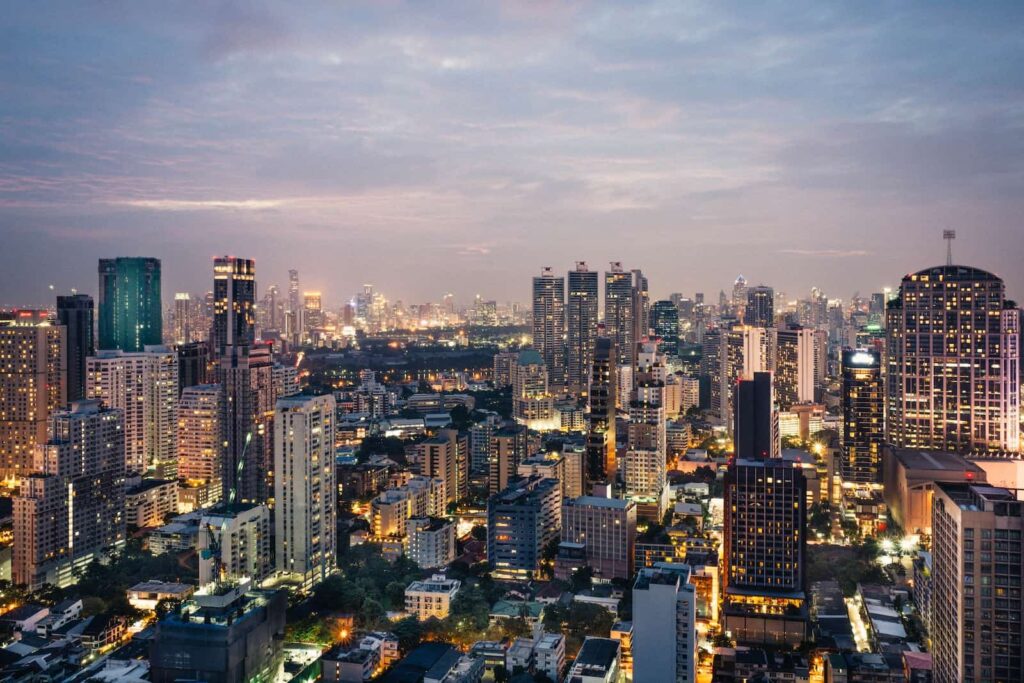
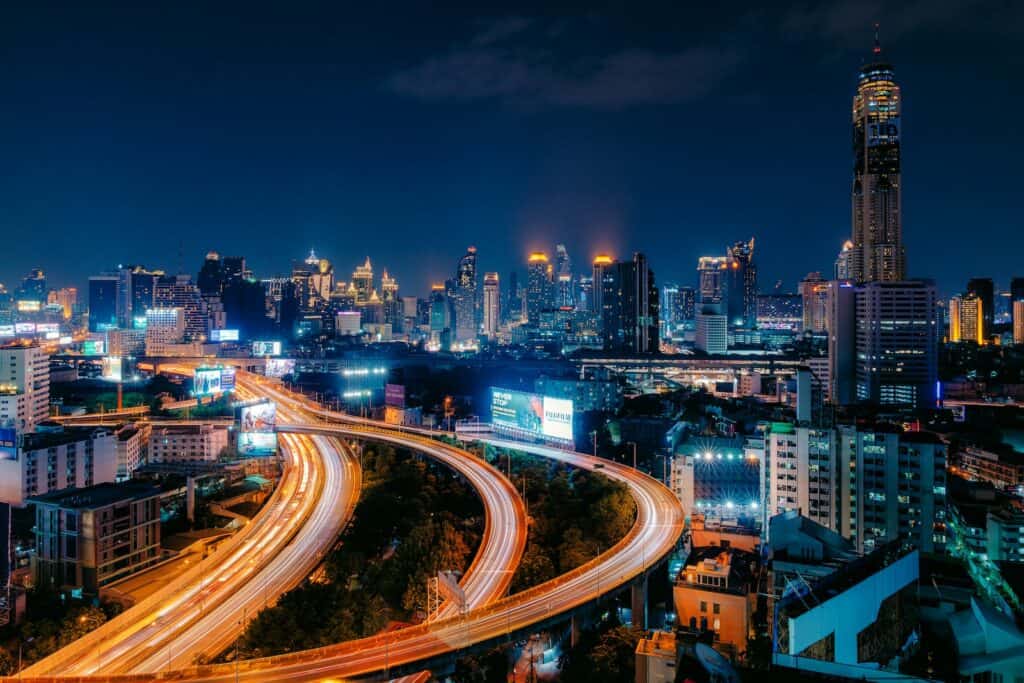
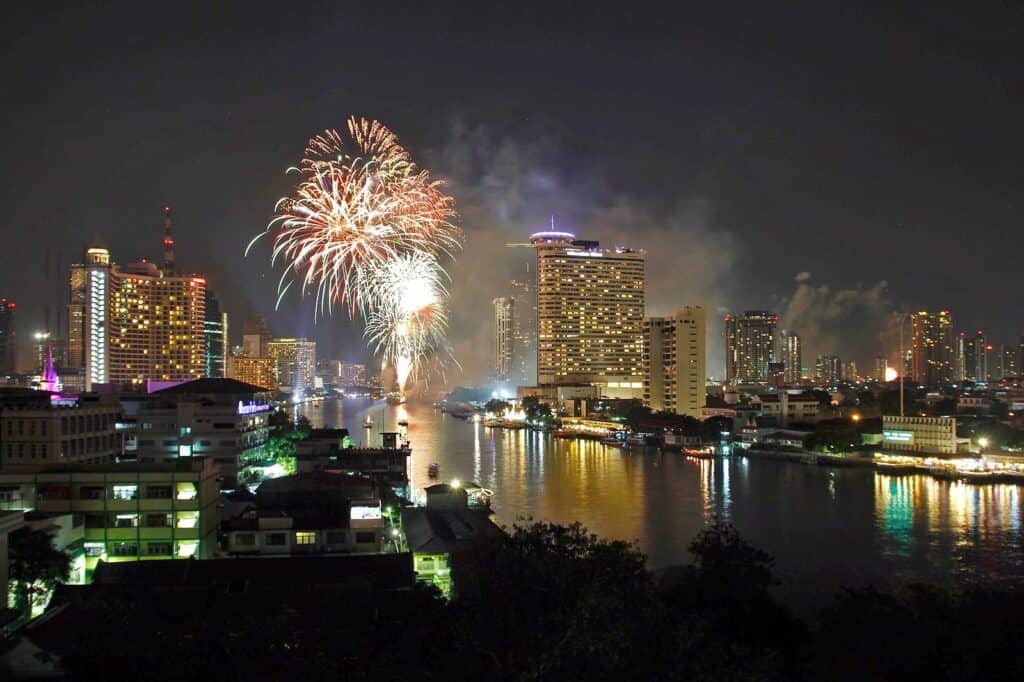
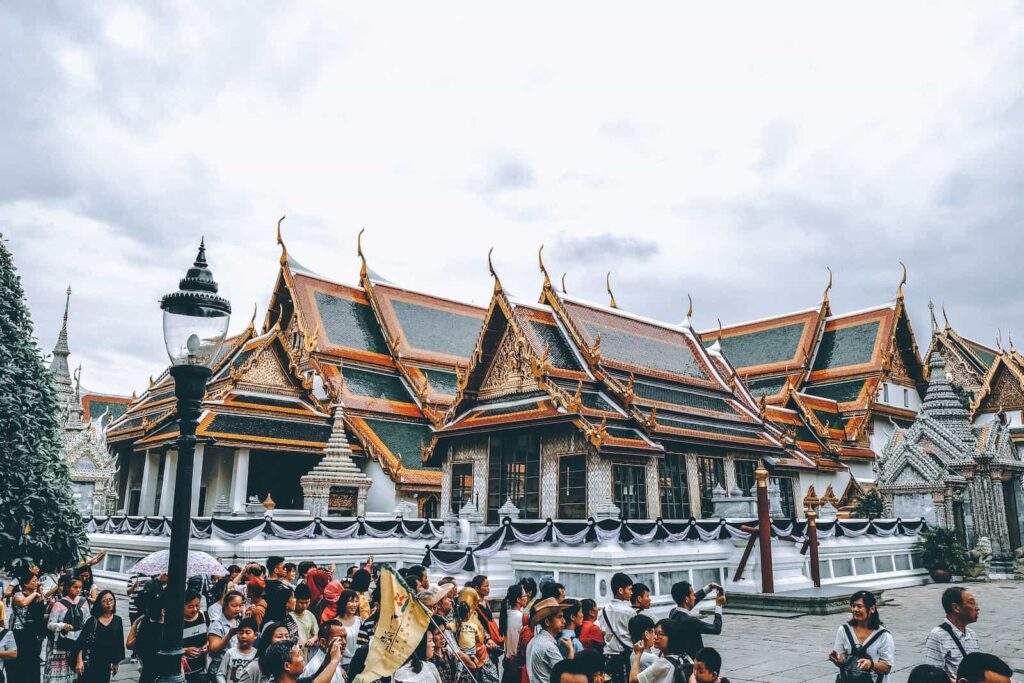

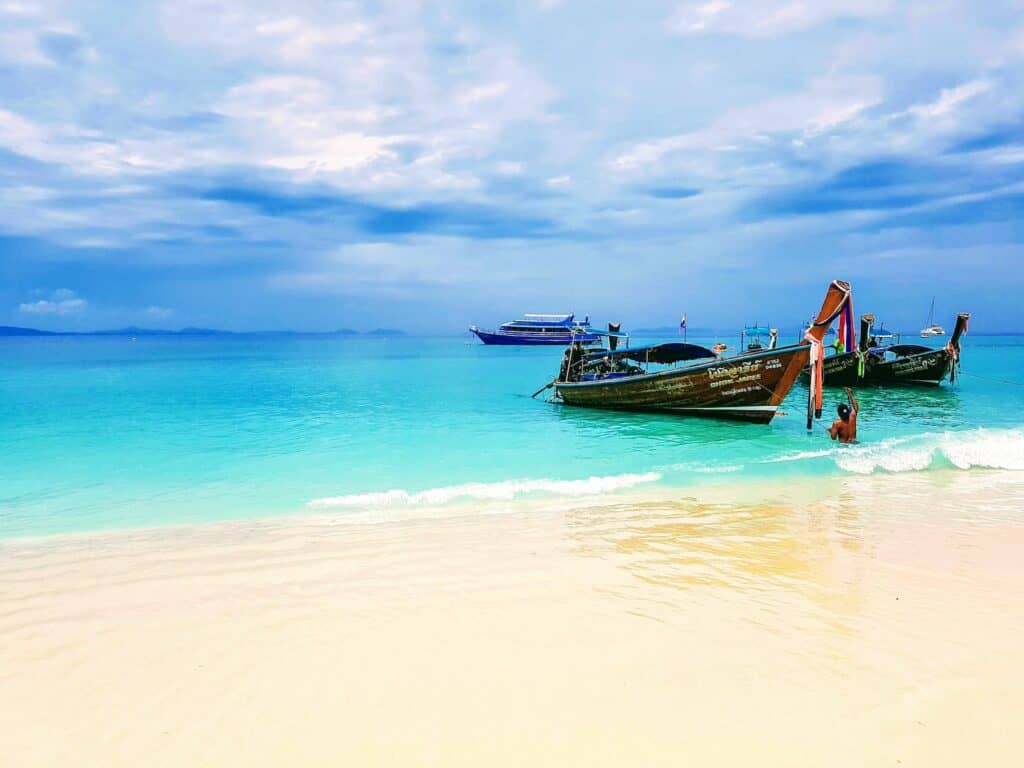
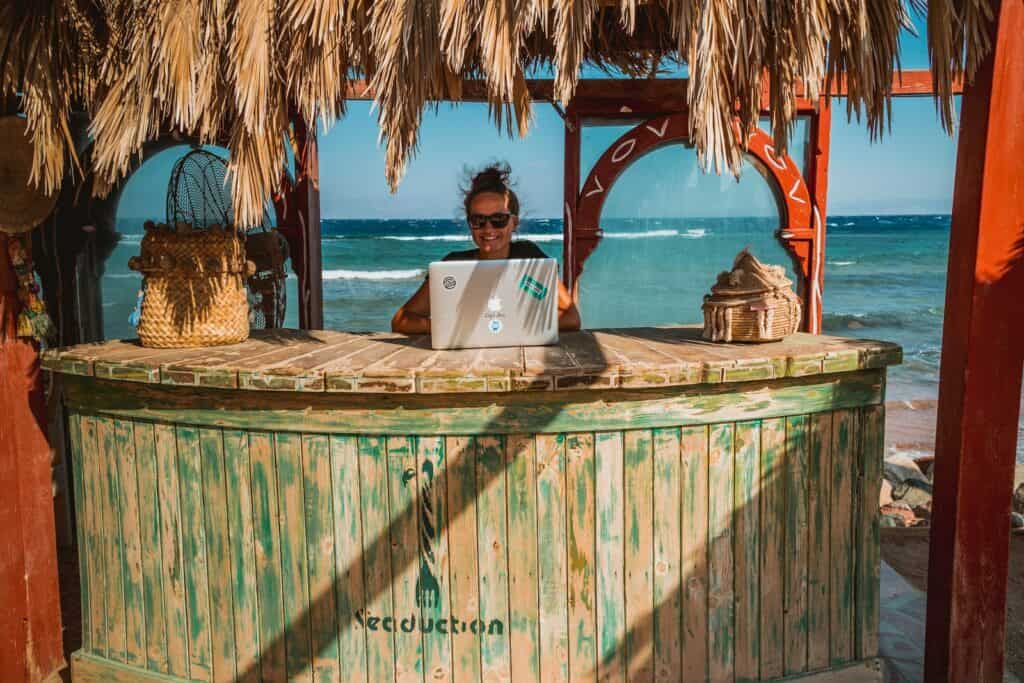

3 comments
Erin
I want to fly into BKK airport, then take a train directly from BKK along with a ferry to Koh Samui.
How do I do this? I want to avoid the Bus. I heard it was not a comfortable ride, but that the train, ferry combo was fun.
How do I do that? How can I get to the train Station from the international airport? Thanks.
Martin
Ich würde direkt nach Surat Thani fliegen, dann vom Airport zum Bahnhof, wo die Busse zum Hafen sind und dort ein Ticket nach Samui kaufen. Die Nachtzüge von Bangkok nach Surat sind nicht mehr das wie früher, seit im Speisewagen nichts mehr läuft.
Andy
Good day to you,
hope you are well
strange question,
i am a train enthusiast from the UK, i was wondering if you could provide me with MRT and Sky train fleet numbers as within my recent last 2 trips, i became more and more interested.
look forward to hearing from you
Andy